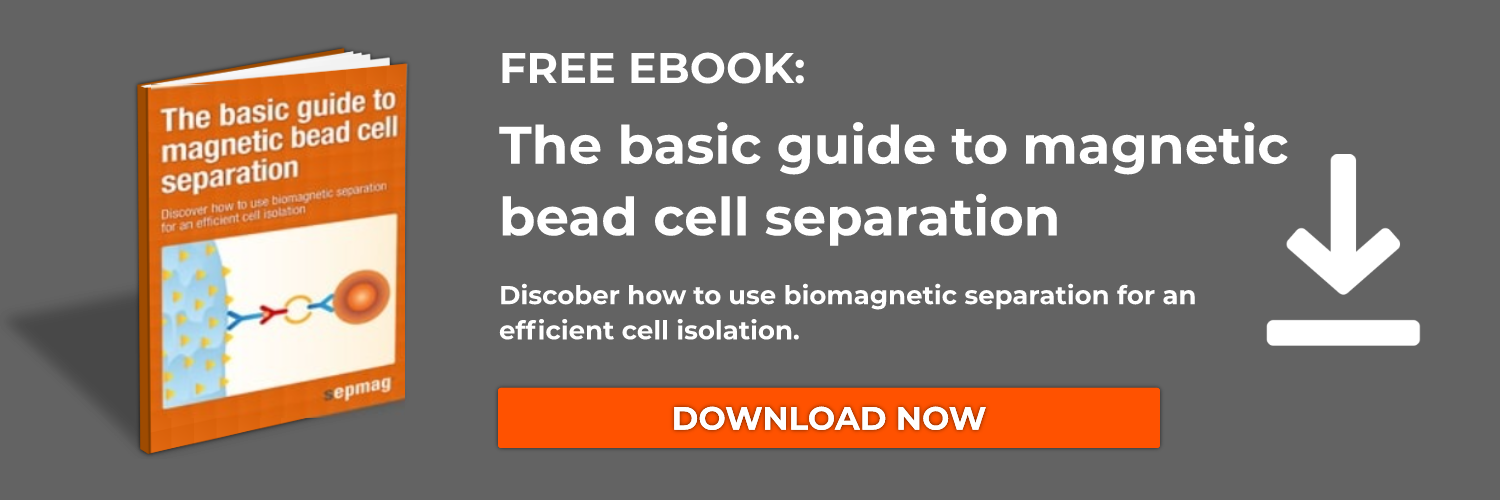At a press conference earlier last week in Germany, Merck KGaA announced an agreement to buy Sigma-Aldrich for $17 billion. The transaction has been approved unanimously by the executive boards of both Sigma-Aldrich and Merck KGaA, and is now pending a special vote by Sigma-Aldrich shareholders. The deal is expected to be completed sometime in mid-2015.
Per Merck’s Executive Board Chairman Karl-Ludwig Kley, the deal will allow the company to expand its product availability to its global customer base. As a result, Merck will have the ability to offer more than 300,000 chemicals. The acquisition will increase Merck’s offerings in the life-science consumables area and expand its North American presence.
Speculation regarding Merck’s drug-development branch
The deal may mark a step away from Merck’s research and development branch. Bloomberg analyst Asthika Goonewardene points to a recent lack of notable success in the pharmaceutical arena as evidence that the company might be backing away from the drug-development market.
Kley denies that this is the case, however, emphasizing that the company remains committed to pharmaceutical research. In a recent presentation, he focused on Merck’s biopharmaceutical subsidiary, Serono, and highlighted plans to further the unit’s development.
The history of Merck KGaA dates as far back as the seventeenth century. Since that time, the company has continued to evolve and, over the course of the last decade in particular, expand. Last year, the company bought AZ Electronic Materials, a specialty chemicals company. The acquisition allowed Merck to further grow its market in the electronics and specialized technology arenas. In 2010, Merck outbid competitor Thermo Fisher Scientific Inc. to acquire Millipore, a move that enabled the company to launch a new division and allowed it to further diversify its offerings away from biopharmaceuticals.
Related news:




